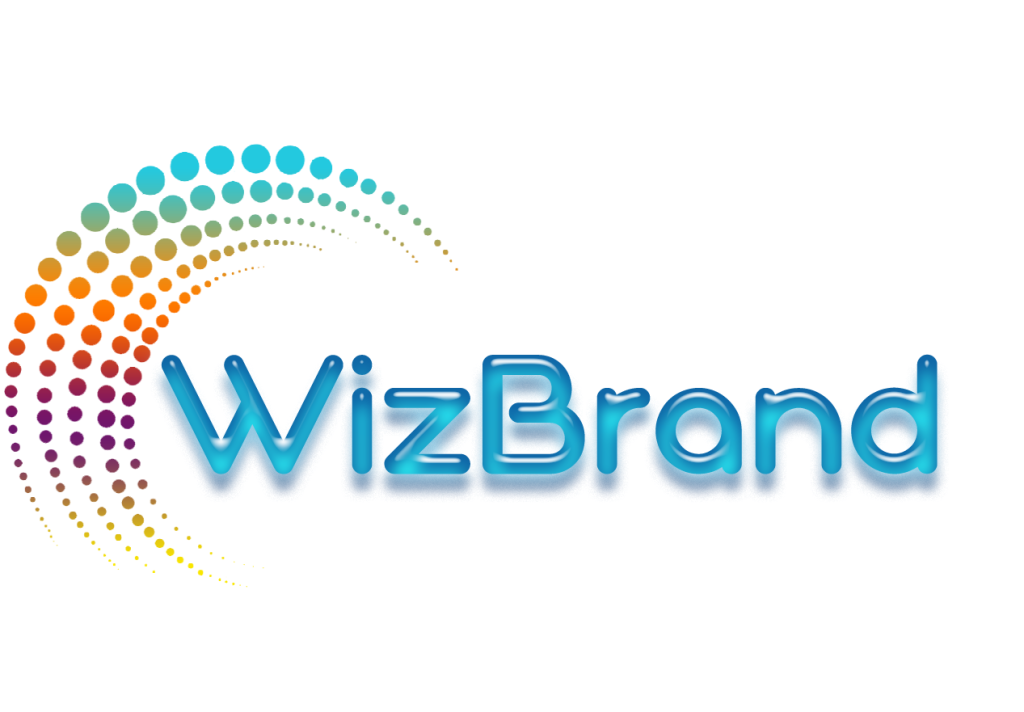
In today’s fast-paced digital environment, businesses are generating and handling vast amounts of digital assets. Whether it’s images, videos, documents, or social media content, managing these assets efficiently is a challenge that many organizations face. The key to overcoming this challenge lies in utilizing a robust Digital Asset Management (DAM) system. However, even with a DAM system in place, simply storing and organizing your digital assets isn’t enough to ensure smooth workflows and efficient content retrieval. This is where metadata comes in.
Metadata is the backbone of a powerful DAM strategy, enabling businesses to manage, search, and retrieve digital assets quickly and accurately. In this blog, we’ll explore the importance of metadata in your DAM strategy, how it enhances workflows, and how Wizbrand, a leading DAM solution, can help you unlock the full potential of metadata for your business.
What is Metadata?
At its core, metadata is data that provides information about other data. In the context of a DAM system, metadata refers to the additional information that describes your digital assets—such as titles, keywords, file types, author names, creation dates, and usage rights. While the asset itself (such as an image or a video) is the primary content, metadata acts as a guide that helps users understand the context and relevance of that content.

For example, a photo of a product can have metadata such as the product name, category, photographer, usage rights, and keywords related to the product. With this metadata in place, it becomes far easier to search for and retrieve that image when needed.
Why Metadata is Crucial for Your DAM Strategy
Metadata serves as the foundation of a well-organized DAM system. When implemented correctly, it provides several key benefits to your business:
- Improved Searchability
Metadata allows for advanced search capabilities within your DAM system. Without metadata, finding specific assets would be a cumbersome and time-consuming process. With proper metadata tagging, users can easily filter and locate assets by categories, keywords, dates, or other criteria. This is particularly beneficial when managing a large volume of digital content, where a simple file name won’t suffice. - Enhanced Asset Organization
With metadata, assets can be categorized and organized systematically. For example, you could use metadata to categorize assets based on their intended use, such as marketing assets, product images, or training materials. This organized approach reduces clutter and makes it easier to manage assets across departments. - Better Collaboration
Collaboration is essential in any modern workplace. With metadata, assets become more accessible to team members across different departments. When the right metadata is attached to each asset, team members can quickly find the content they need, without relying on others to send it over or organize it. This enhances efficiency and speeds up the content creation process. - Streamlined Workflows
Metadata also plays a critical role in automating workflows. For instance, metadata can be used to trigger certain actions in your DAM system, such as approval processes or publishing steps. This allows for more streamlined and efficient workflows, reducing bottlenecks and ensuring that projects move forward without unnecessary delays. - Compliance and Usage Tracking
In some cases, businesses must adhere to strict compliance regulations regarding content usage. Metadata provides a way to track usage rights, licensing information, and expiration dates, ensuring that assets are only used within legal boundaries. This is particularly important when managing large volumes of third-party content, such as stock photos or videos.
How Wizbrand Leverages Metadata to Enhance DAM Strategy
To maximize the benefits of metadata in your DAM strategy, you need a system that can efficiently manage and organize metadata. Wizbrand, one of the best DAM tools in the world, offers advanced metadata management features that help businesses unlock the full potential of their digital assets.
Here’s how Wizbrand enhances the role of metadata in your DAM strategy:
- Automatic Metadata Tagging
One of the challenges in managing metadata is the manual effort required to tag each asset. Wizbrand streamlines this process with automatic metadata tagging. Using AI-powered tools, Wizbrand can automatically detect and tag assets with relevant keywords and categories, saving your team time and reducing human error. - Advanced Search Capabilities
With Wizbrand, metadata is not just about organizing assets—it’s about making them easily searchable. The platform allows users to perform advanced searches using multiple filters, such as tags, keywords, file types, and dates. This ensures that assets are easy to find, even as your digital content grows in volume. - Integration with Other Tools
For businesses that use other tools for SEO or content management, Wizbrand integrates seamlessly with these systems, ensuring that metadata is consistent across platforms. For example, if you are using SEO Management Software, Wizbrand can integrate metadata for assets directly into your SEO workflows, making content optimization much easier. - Custom Metadata Fields
Different businesses have different needs when it comes to metadata. Wizbrand allows users to create custom metadata fields that can be tailored to your specific requirements. Whether you need to track specific asset attributes, client information, or project details, Wizbrand lets you create the fields that best suit your business. - Version Control and Collaboration
With Wizbrand, metadata isn’t limited to just file tags. It also extends to version control, so you can track different versions of assets. This makes it easier to collaborate across teams, ensuring that everyone is working with the latest version of an asset, while also preserving older versions for reference.
How to Leverage Metadata for SEO and Content Marketing
Metadata plays a crucial role in SEO and content marketing. By tagging assets with relevant keywords and categories, you can ensure that your content is more discoverable, both within your DAM system and on the web. Proper metadata also improves content optimization by making it easier to find and use relevant assets for blog posts, social media, and other marketing initiatives.

For example, if you’re working on an eCommerce campaign, tagging product images with relevant metadata (such as product category, price range, and brand) will make it easier to organize and search for those assets when building landing pages or promotional materials.
Conclusion
Unlocking the power of metadata in your DAM strategy is essential for businesses looking to improve digital workflows, enhance collaboration, and ensure that their content is organized and easy to find. With the right DAM system, like Wizbrand, businesses can streamline their content management processes and ensure that assets are not only accessible but also optimized for marketing and SEO purposes.
Ready to take control of your digital assets? Explore Wizbrand and discover how its advanced metadata management features can help you organize, search, and collaborate more effectively.